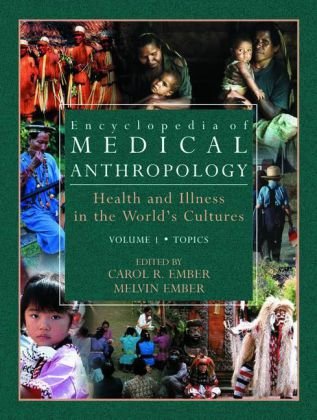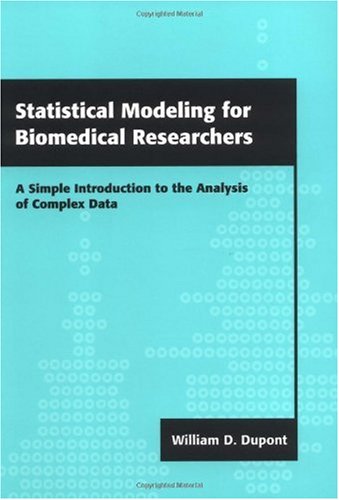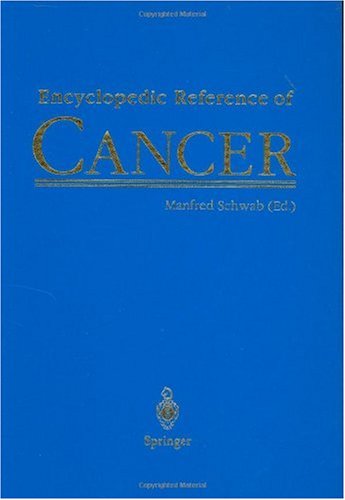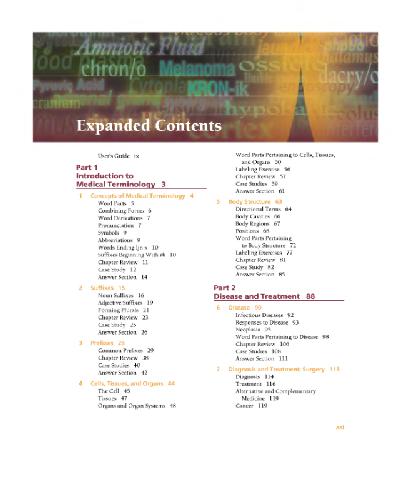Carol R. Ember, Melvin Ember9780306477546, 0-306-47754-8
The Encyclopedia of Medical Anthropology is divided up into two volumes: Topics and Cultures. The first volume contains topical and comparative essays grouped into five sections:
General concepts and perspectives; Medical systems; Political, economic, and social issues; Sexuality, reproduction, and the life cycle, and Health conditions and diseases.
The second volume contains articles that describe the state of health and illness in particular cultures around the world. Every cultural region of the world is represented, as are the cultures at levels of social complexity. The Encyclopedia of Medical Anthropology is unique. In addition to providing a large range of topical essays, representing the various perspectives in medical anthropology, these volumes focus on many particular cultures. No other single reference work comes close to marching the depth and breadth of information on the varying cultural background of health and illness around the world. More than 100 experts – generally anthropologists but also other social scientists – have contributed their firsthand experience of medical cultures from around the world. Since medical anthropology is such a diverse course of study, combining both the medical and social worlds, the Encyclopedia of Medical Anthropology has many audiences. It can be used both to gain a general understanding of medical anthropology and to find out about particular cultures and topics. For researchers interested in comparing cultures, this work provides information that can guide the selection of particular cultures for further study. For those interested in international studies, the bibliographies in each entry can lead one quickly to the relevant social science literature as well as providing a state-of-the-art assessment of knowledge about medical cultures around the world. For curriculum developers and teachers seeking to internationalize the curriculum, this work is a basic reference and educational resource as well as a directory to other materials. For government officials, it is a repository of information not likely to be available in any other single publication; in many cases, the information provided here is not available at all elsewhere. This major reference work is an essential part of any institution’s library and belongs in the library of every medical anthropologist.







Reviews
There are no reviews yet.